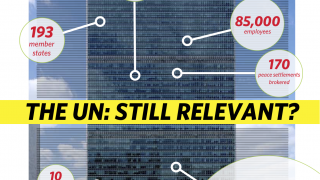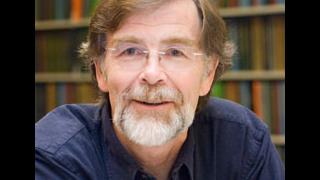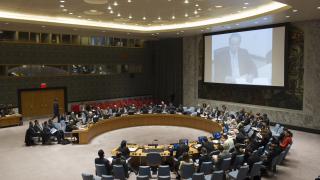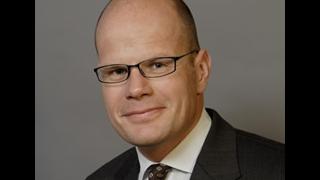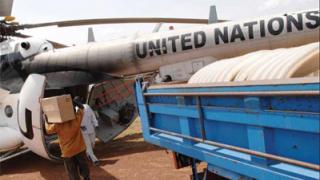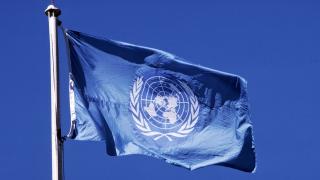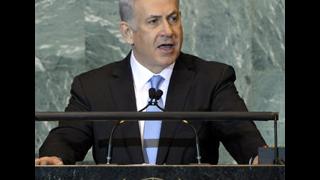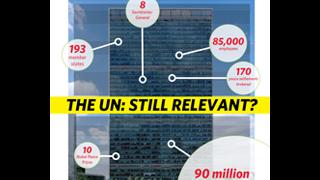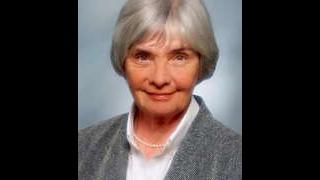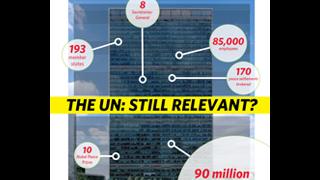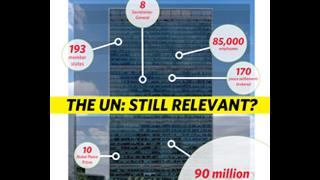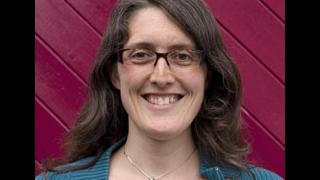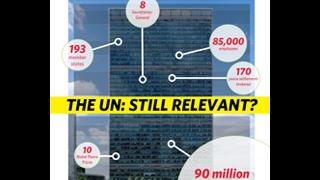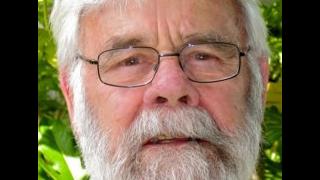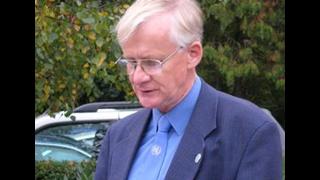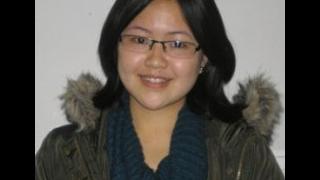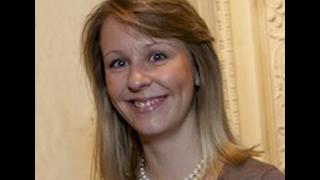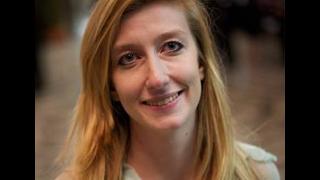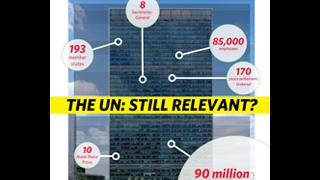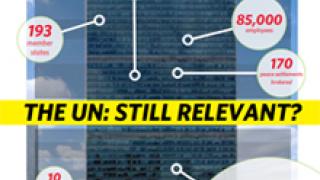
Further interest was added to an already intriguing year in nuclear disarmament and non-proliferation diplomacy, with the announcement on 14 October 2011 that a host country – Finland – and a facilitator had been chosen to initiate the process to organise a conference in 2012 to discuss the creation of a ‘Middle East zone free of nuclear weapons and all other weapons of mass destruction’ (MENWFZ).
“In accordance with the practical steps endorsed by the Parties to the 2010 Review Conference of the Treaty on the Non-Proliferation of Nuclear Weapons (NPT), the Secretary-General and the Governments of the Russian Federation, the United Kingdom and the United States, as co-sponsors of the 1995 NPT Resolution on the Middle East and depositary States of the Treaty, in consultation with the States of the region, are pleased to announce the appointment of Jaakko Laajava, Under-Secretary of State, Ministry of Foreign Affairs of Finland, as facilitator and the designation of Finland as the host Government for the 2012 Conference on the establishment of a Middle East zone free of nuclear weapons and all other weapons of mass destruction”. [Joint statement issued by UN Secretary-General Ban Ki-moon and the Governments of the Russian Federation, the United Kingdom and the United States, New York, 14 October 2011].
14 October may be remembered as either a turning point – the point at which the international community began a concerted process to eradicate nuclear weapons, and the potential to create them, in one of the most volatile regions on the planet. Or it may not be remembered at all – another vague step in the direction of an entity, a system, that polarises states in the region and internationally, not least Israel and Iran.
In 1995, the parties to the NPT extended the treaty indefinitely, but only as part of an agreement that included the Resolution on the Middle East which mandated efforts to establish a zone banning all weapons of mass destruction – nuclear-based or otherwise. The 1995 Resolution was reinforced and brought back into focus during the 2010 NPT Review Conference, but, until now, little tangible movement had been made to realise the practical steps required to establish the zone.
Although welcomed by many parties internationally, the question is can the facilitator, in collaboration with the UN and co-sponsors, make the conference happen in 2012. Several steps will have to be tackled before the end of 2011, including establishing some degree of trust among the key players in the region, chiefly between Iran and Israel. In addition, Jaakko Laajava will have to define quickly the parameters of the zone: will the zone include, for example, North African states or Turkey?; will the focus be purely on nuclear weapons or also on the capacity or intent to create them?; how will compliance be ensured, and what role will the UN or international community play in this?; Should Israel be encouraged to declare the existence of its nuclear weapons?; and how enticing an option, and important to negotiations, might a heavily subsidised 'nuclear fuel bank' be?
These are just a few of the many initial dilemmas that will beset the Finnish facilitator and his team, and the question of whether, or how far, the MENWFZ should be integrated into an overall Middle East Peace Process hangs most ominously over all above proceedings. Yet, perhaps with just the right balance of coercion and incentives, movement towards the 2012 conference may just be a little more substantial than many are predicting. Inclusiveness, open dialogue, the involvement of the international community and the allowance of some scope for movement and concession by the main parties involved could begin a fruitful process of trust-building.
James Kearney is UNA-UK’s Peace & Security Programme Coordinator

